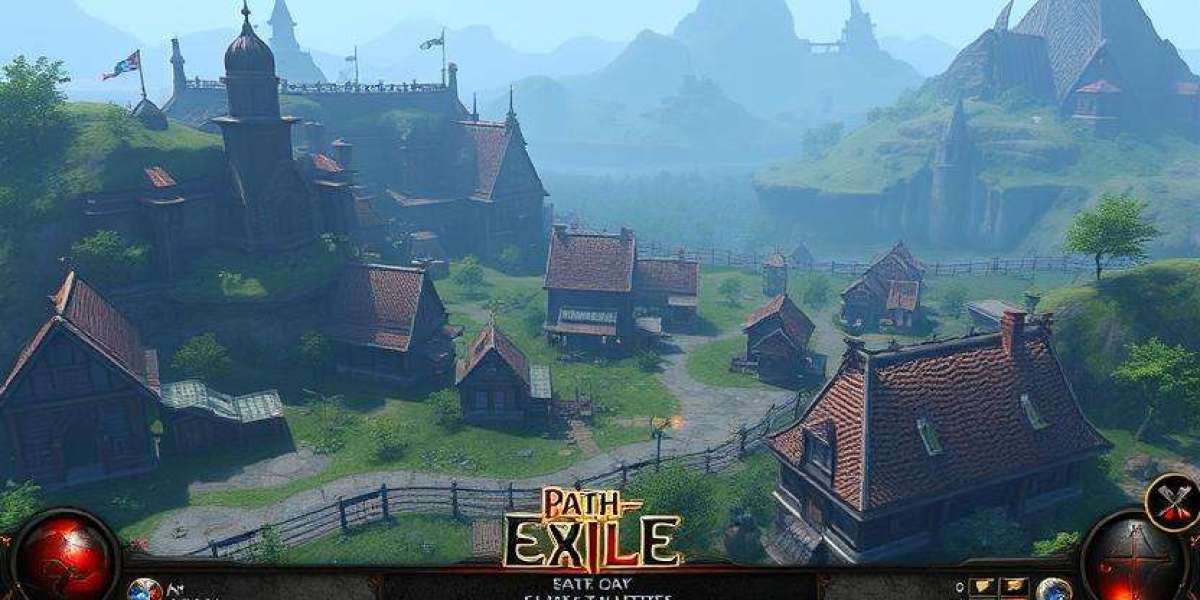Understanding Autism Spectrum Disorder: Seeing the World Through a Different Lens
Autism Spectrum Disorder (ASD) is more than a diagnosis—it’s a unique way of experiencing the world. For those living with autism, everyday sights, sounds, and interactions can feel profoundly different. As awareness of ASD continues to grow, so does the need for genuine understanding, compassion, and inclusion.
In this blog, we’ll explore what Autism Spectrum Disorder truly means, not just from a clinical perspective but through the lens of humanity. Because behind every diagnosis is a person—a child, a parent, a friend—with stories, dreams, and challenges that deserve to be seen and heard.
What Is Autism Spectrum Disorder?
Autism Spectrum Disorder is a developmental condition that affects how a person communicates, interacts socially, and perceives the world. The word “spectrum” is key here—it emphasizes the vast range of abilities and experiences within the autism community. Some individuals may require substantial support in their daily lives, while others live independently and thrive in various careers and relationships.
Common characteristics of ASD can include:
Difficulty with verbal and non-verbal communication
Repetitive behaviors or intense interests
Sensory sensitivities (to sound, light, touch, etc.)
Challenges in understanding social cues or emotions
But these are just surface-level traits. At its core, autism is a different neurotype—not a deficit. People with autism can possess remarkable talents, deep focus, creativity, and sincerity that enrich the world in ways neurotypical minds might not.
Early Signs and Diagnosis
Early intervention can make a significant difference in the lives of individuals with ASD. Most children begin to show signs before the age of three. Parents might notice delays in speech, a lack of eye contact, or difficulties with play and social interaction.
However, every child develops at their own pace. What’s crucial is paying attention to behavioral patterns and seeking guidance from pediatricians or specialists when concerned. A diagnosis isn’t a life sentence—it’s a pathway to understanding and support.
Life with Autism: Beyond Stereotypes
Too often, autism is misunderstood. Media portrayals can be extreme—either showcasing the “genius savant” or someone completely withdrawn. But the reality is more nuanced.
Take Emma, a bright teenager with ASD who struggles in noisy classrooms but finds solace in painting, where she expresses emotions that words can’t convey. Or Arun, an adult with autism who once found social gatherings overwhelming, but now mentors others through coding workshops, using technology as his bridge to the world.
Their stories remind us that people with autism aren't defined by their challenges—they are shaped by their resilience, passions, and the environments that either support or restrict them.
The Role of Family and Caregivers
For parents and caregivers, an autism diagnosis can bring a mix of emotions—confusion, worry, acceptance, and fierce love. The journey isn’t always easy, but it’s deeply transformative.
Caregivers often become advocates, therapists, and cheerleaders. They celebrate small victories—eye contact held, a new word spoken, a meltdown avoided with calming strategies. These moments, though invisible to the outside world, are milestones of great significance.
Support systems, including therapy, special education, and community groups, play an essential role. But equally important is societal acceptance and empathy.
Education and Inclusion Matter
Children with ASD have the right to a learning environment that respects their unique needs. Inclusive education doesn’t mean treating every child the same—it means creating flexible, responsive classrooms where every child can thrive.
This might include using visual aids, allowing sensory breaks, or teaching neurotypical children about differences in a way that fosters kindness rather than stigma. When schools embrace neurodiversity, they become places of growth for everyone.
Autism in Adulthood
Autism doesn’t disappear with age. For adults on the spectrum, challenges may shift—from classroom dynamics to workplace pressures, dating, or navigating healthcare.
Employment can be a significant hurdle due to social demands and rigid workplace norms. But when companies make room for neurodiverse talent—through mentorship, quiet spaces, or flexible schedules—they discover employees with incredible loyalty, precision, and innovation.
Friendships and romantic relationships are also part of the autistic experience. With understanding partners and clear communication, meaningful connections are not only possible—they flourish.
Embracing a Neurodiverse World
Autism Spectrum Disorder teaches us an important lesson: there is no one “right” way to think, feel, or be. Neurodiversity isn’t a flaw—it’s a facet of humanity.
As society learns to appreciate these differences, we move closer to a world where every person is valued for who they are—not who they’re expected to be.
Whether you're a parent navigating a new diagnosis, an educator shaping young minds, or simply someone seeking understanding, remember this—kindness, patience, and open-mindedness go a long way. Autism may change the journey, but it doesn’t limit the destination.
Browse More Reports:
Us Women Health Disease Diagnosis Treatment



